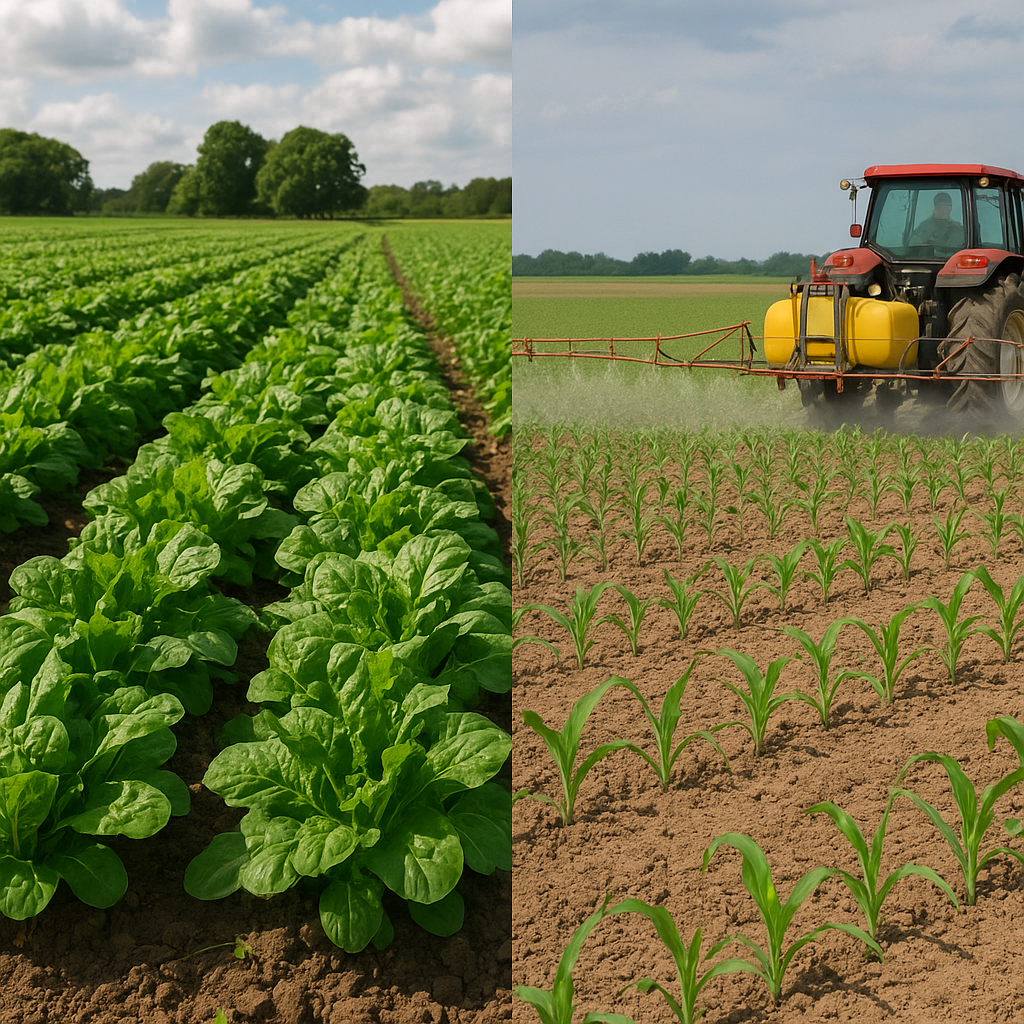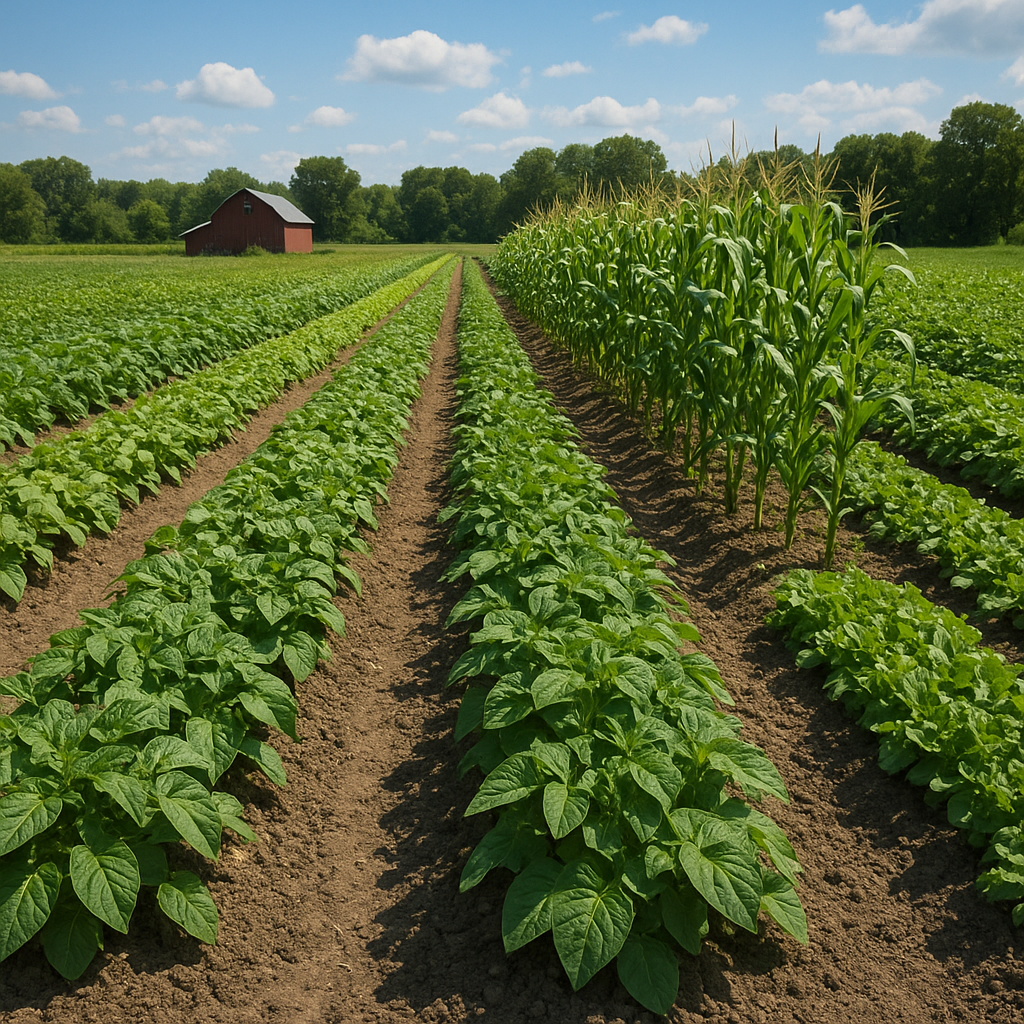The role of soil testing in optimizing farm yields is a critical aspect of modern agriculture that cannot be overlooked. As farmers strive to maximize their productivity and sustainability, understanding the composition and health of their soil becomes paramount. Soil testing provides valuable insights that help in making informed decisions regarding crop selection, fertilization, and overall land management. This article delves into the importance of soil testing, the methods employed, and how it can significantly enhance farm yields.
Understanding Soil Composition and Health
Soil is a complex ecosystem that supports plant life and influences agricultural productivity. It consists of minerals, organic matter, water, air, and living organisms. Each of these components plays a vital role in determining the soil’s fertility and its ability to support crops. Soil testing is the process of analyzing these components to assess the soil’s health and nutrient levels.
The Importance of Soil Testing
Soil testing is essential for several reasons:
- Nutrient Management: Different crops require varying levels of nutrients. Soil testing helps farmers understand the existing nutrient levels in their soil, allowing them to apply fertilizers more effectively and avoid over-fertilization, which can lead to environmental issues.
- pH Levels: The pH level of the soil affects nutrient availability. Soil testing can determine whether the soil is acidic, neutral, or alkaline, guiding farmers in making necessary amendments to optimize conditions for crop growth.
- Soil Texture and Structure: The physical properties of soil, such as texture and structure, influence water retention, drainage, and root penetration. Understanding these characteristics through soil testing can help farmers select appropriate crops and cultivation practices.
- Identifying Contaminants: Soil testing can reveal the presence of harmful substances or pathogens that may affect crop health. Early detection allows for timely intervention and remediation.
Types of Soil Tests
There are several types of soil tests that farmers can conduct, each serving a specific purpose:
- Macro-nutrient Testing: This test measures the levels of essential nutrients such as nitrogen (N), phosphorus (P), and potassium (K). These nutrients are crucial for plant growth and development.
- Micro-nutrient Testing: This focuses on trace elements like iron, manganese, zinc, and copper, which are needed in smaller quantities but are equally important for plant health.
- Soil pH Testing: This test determines the acidity or alkalinity of the soil, which affects nutrient availability and microbial activity.
- Organic Matter Testing: This assesses the amount of decomposed plant and animal material in the soil, which is vital for soil fertility and structure.
- Soil Texture Analysis: This involves determining the proportions of sand, silt, and clay in the soil, which influences water retention and drainage capabilities.
Implementing Soil Testing in Farming Practices
To effectively utilize soil testing in farming, a systematic approach is necessary. Here are the steps farmers can take to implement soil testing in their practices:
1. Sample Collection
The first step in soil testing is collecting representative soil samples from different areas of the farm. Farmers should follow these guidelines:
- Collect samples from various locations to account for variability in soil types and conditions.
- Use clean tools to avoid contamination.
- Take samples from the root zone, typically 6 to 8 inches deep for most crops.
- Mix samples from several locations to create a composite sample for testing.
2. Laboratory Analysis
Once samples are collected, they should be sent to a certified laboratory for analysis. The laboratory will conduct the necessary tests and provide a detailed report on the soil’s nutrient levels, pH, and other relevant factors.
3. Interpreting Results
Understanding the laboratory results is crucial for making informed decisions. Farmers should look for:
- Current nutrient levels compared to recommended levels for specific crops.
- pH levels and any necessary amendments to optimize conditions.
- Recommendations for fertilization and soil amendments based on the test results.
4. Implementing Recommendations
After interpreting the results, farmers should implement the recommended practices. This may include:
- Applying fertilizers in the correct amounts and at the right times.
- Adjusting soil pH through lime or sulfur applications.
- Incorporating organic matter to improve soil structure and fertility.
5. Monitoring and Reevaluation
Soil testing is not a one-time process. Farmers should regularly monitor their soil health and reevaluate their practices based on changing conditions and crop needs. This ongoing assessment helps maintain optimal soil health and productivity over time.
Benefits of Soil Testing for Farm Yields
Implementing soil testing can lead to numerous benefits that directly impact farm yields:
1. Increased Crop Productivity
By understanding the nutrient needs of their crops and addressing deficiencies, farmers can significantly increase their yields. Proper nutrient management ensures that plants receive the necessary elements for growth, leading to healthier and more productive crops.
2. Cost Efficiency
Soil testing helps farmers avoid unnecessary expenditures on fertilizers and amendments. By applying only what is needed, farmers can reduce costs while maximizing their investment in crop production.
3. Environmental Sustainability
Over-fertilization can lead to nutrient runoff, which negatively impacts water quality and ecosystems. Soil testing promotes responsible nutrient management, reducing the risk of environmental harm and promoting sustainable farming practices.
4. Improved Soil Health
Regular soil testing encourages practices that enhance soil health, such as the addition of organic matter and proper pH management. Healthy soil supports diverse microbial life, which is essential for nutrient cycling and overall soil fertility.
5. Enhanced Crop Quality
Healthy, well-nourished plants produce higher quality crops, which can lead to better market prices and increased profitability for farmers. Soil testing ensures that crops receive the right nutrients at the right time, enhancing their quality and marketability.
Conclusion
The role of soil testing in optimizing farm yields is undeniable. By providing critical information about soil composition and health, soil testing empowers farmers to make informed decisions that enhance productivity, sustainability, and profitability. As agriculture continues to evolve, embracing soil testing as a fundamental practice will be essential for meeting the challenges of food production in a changing world. Farmers who prioritize soil health through regular testing and informed management practices will not only improve their yields but also contribute to a more sustainable agricultural future.




